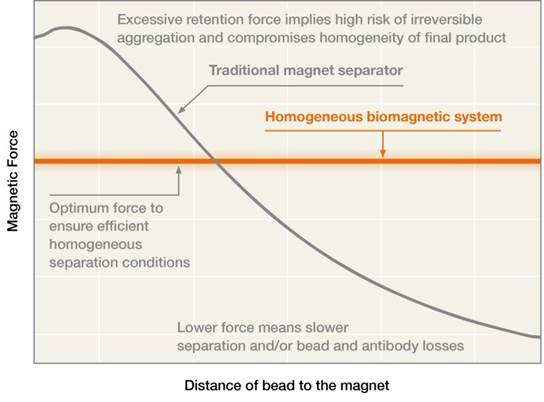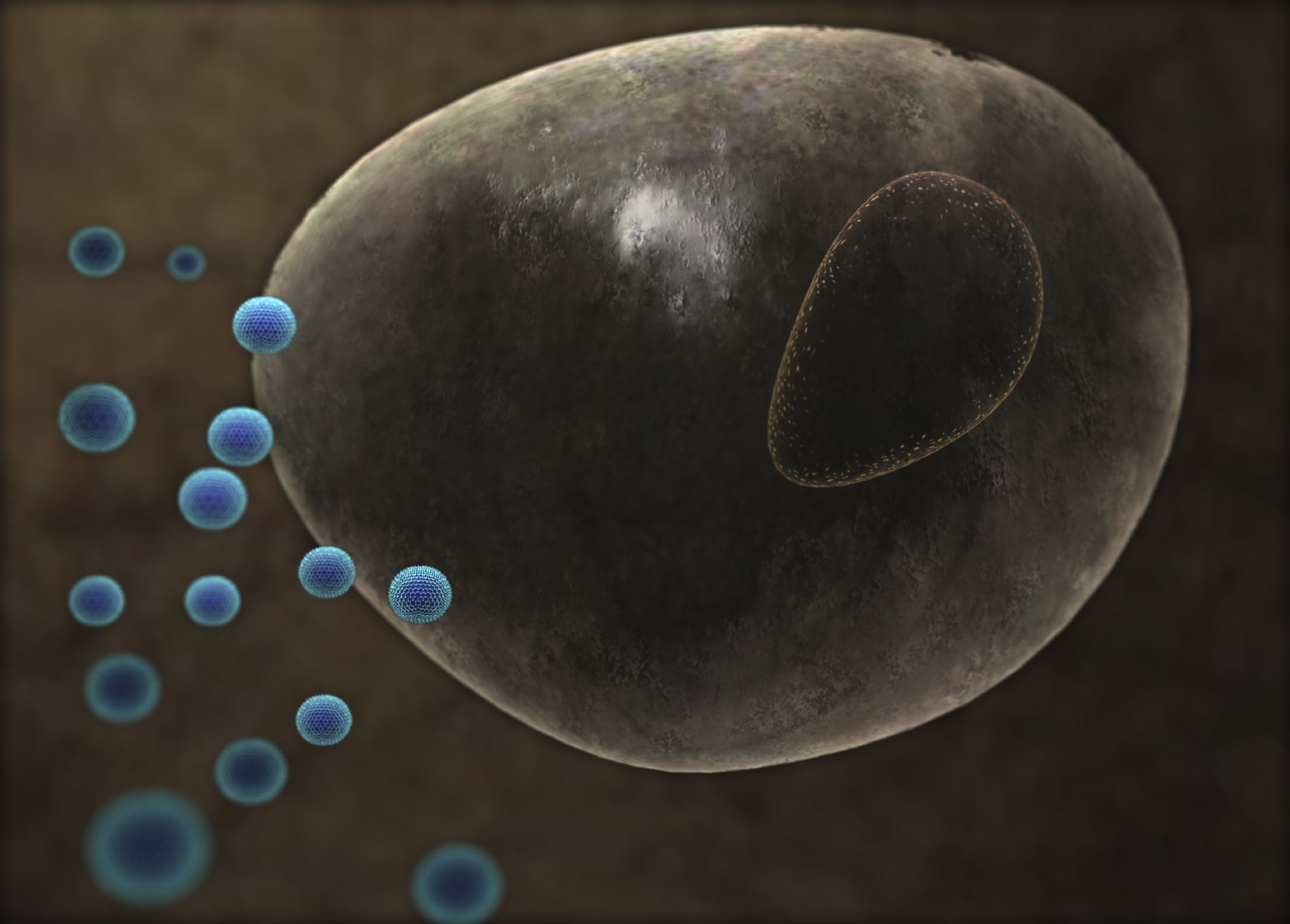Magnetic Activated Cell Sorting (MACS) is a technique to enrich a specific cell type from a mixed population. Scientists or companies sort or isolate cells so they can study or grow colonies of a single type of cell. They may use that type of cell for a specific type of functional assay crucial to that cell type or they might be interested in stem cells. MACS technique emerged as a cheap alternative to cell sorting. MACS uses the highly specific antibody-antigen interaction to probe cells by their surface antigens by their specific antibody. Magnetic bead cell isolation has been implemented with MACS to offer a more precise cell sorting.
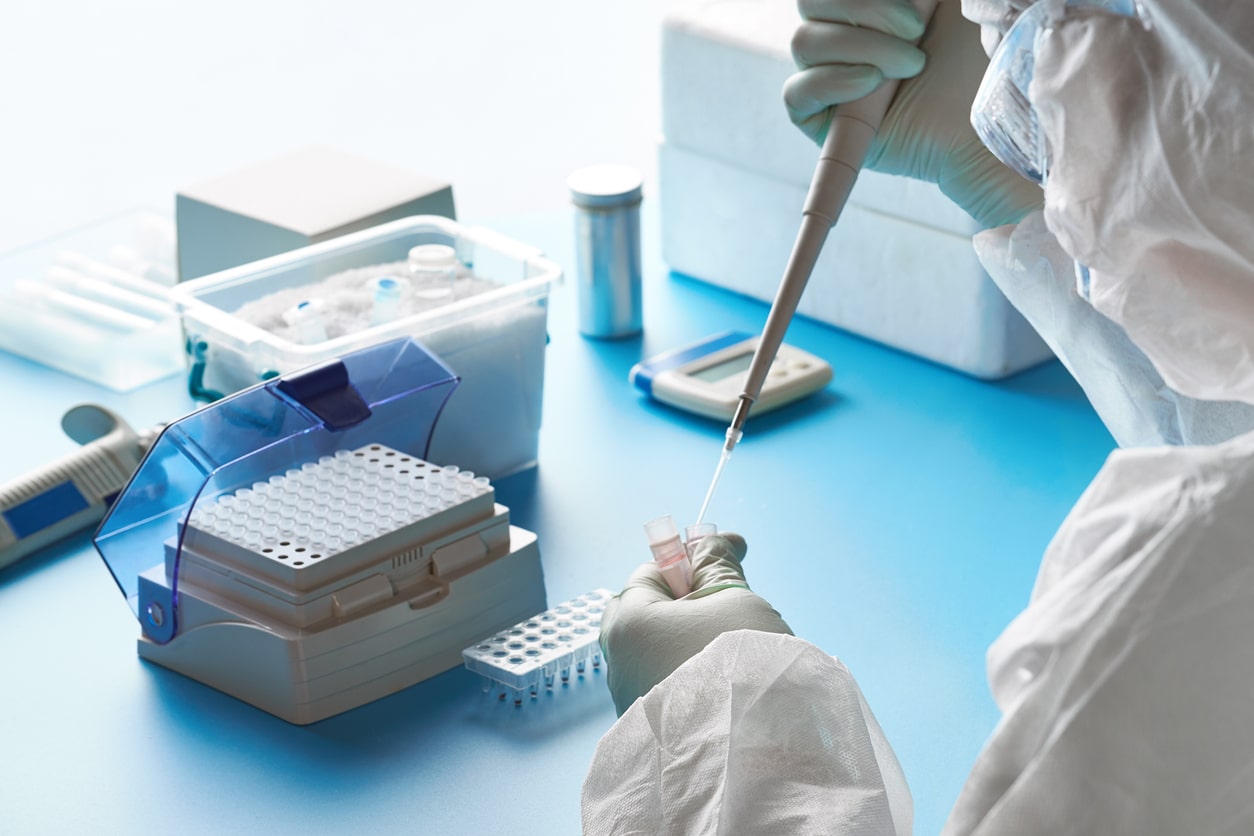
Brief introduction to the importance of RNA
RNA (ribonucleic acids) are important macromolecules that come in many varieties and play more roles across all living organisms. Some predominant RNA are rRNA, tRNA and mRNA. tRNA is part of the process of translating proteins, rRNA is ribosomal RNA, and mRNA is messenger RNA which carries transcription information. RNA biology is an ever-growing field of research. RNA has even become a popular tool, such as the mRNA COVID-19 vaccine or CRISPR technologies. Researchers are even finding more non-coding RNA with important biological functions.
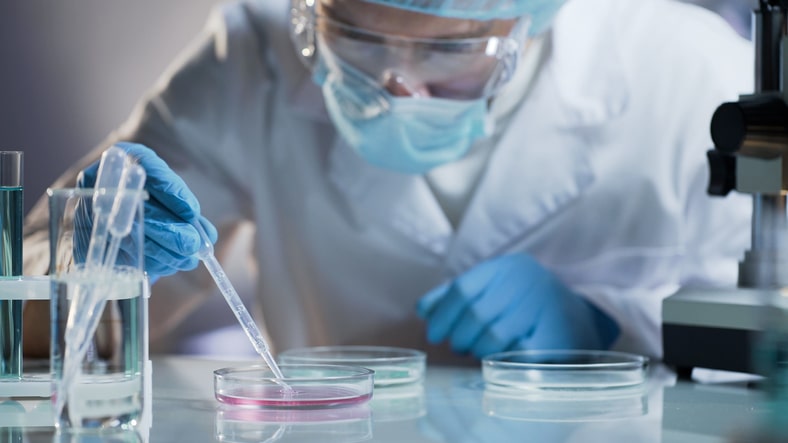
Cellular assays form the backbone of basic research and drug discovery. A cell culture is the perfect environment in which to collect information about normal and abnormal growth, and to test novel drug compounds safely in a controlled environment. An assay in biology is carefully designed to test a single variable. Once a standard protocol for a cellular assay is established, it is highly consistent, so the chances of having confounding variables is low. This streamlines experiments and makes it easy to analyze data and draw conclusions.
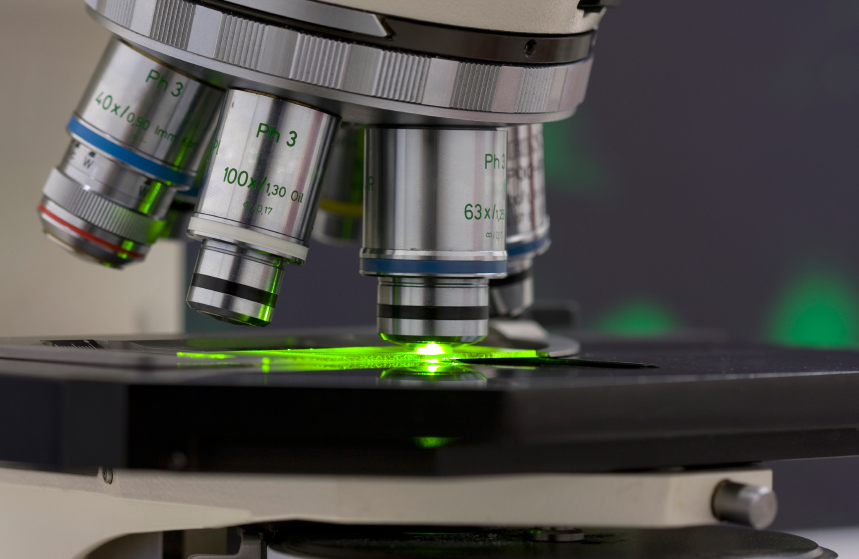
What is Fluorescence Activated Cell sorting?
Fluorescence activated cell sorting (FACS) is a technique to identify, count, and sort cells marked with a fluorescent label by suspending them in a fluid stream and passing them through a laser. The basic principles, first patented in 1953, were modified over the subsequent decade, and the first commercialized instrument was produced in 1968. Since then many advancements and variations on the theme have shaped modern instruments.
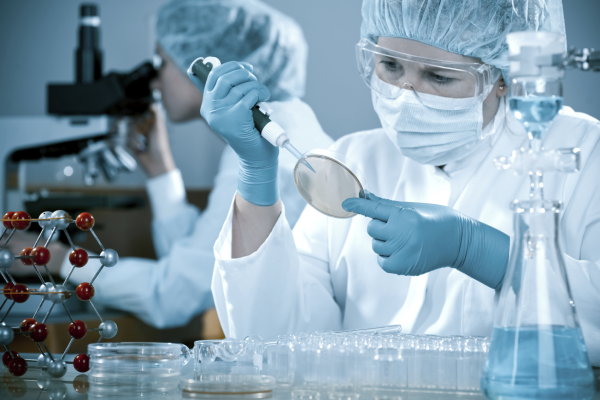
During the last weeks we have reviewed several aspects of biomagnetic cell sorting, a process which facilitates the quick and targeted removal of specific cells from a heterogeneous solution. Cell sorting is essential for a number of purposes, from technological to investigative and biomedical. By harnessing the properties of magnetic beads, biomagnetic separation (BMS) allows cells to be isolated for additional downstream applications, without adversely affecting their form or function.

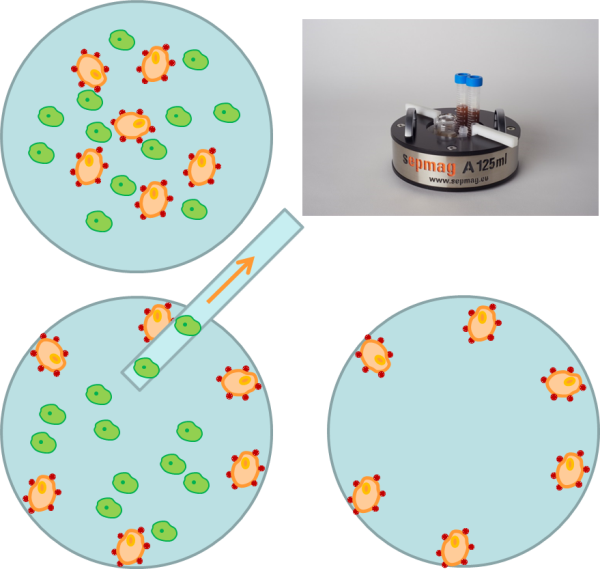
Coated magnetic beads are capable of interacting with and binding to a corresponding target within a sample. Binding specific biomarkers to the surface functional group present on the bead (e.g., streptavidin) ensures that the interaction is limited to specific cells. Recovery of material for further studies is greatly simplified when beads are concentrated from suspension, by means of an external magnet.

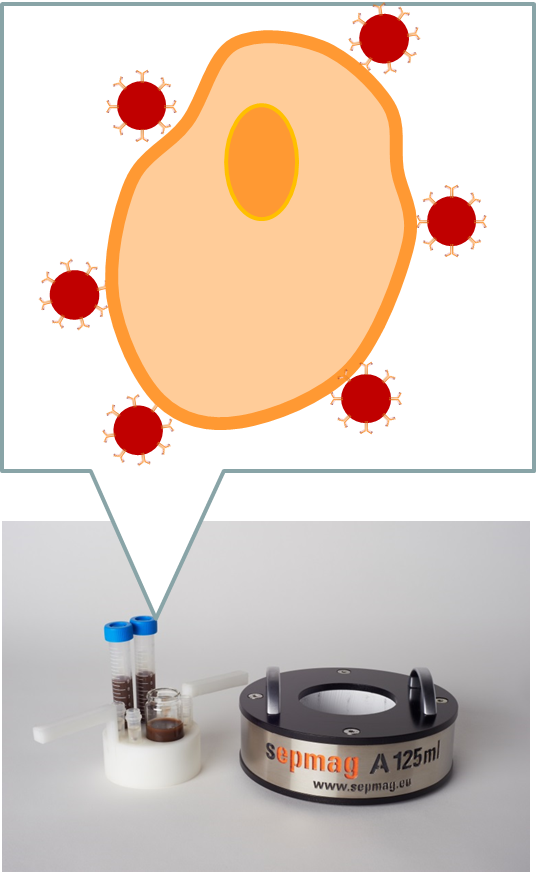
Magnetic activated cell sorting has demonstrated extreme utility for isolating virtually all cell types from complex biomedical samples and cultured cells. Antigens (cell-surface proteins) provide the extracellular characteristics for enriching heterogeneous cell-mixtures typical of magnetic cell sorting. Attachment of target-specific antibodies to beads' surfaces generates sorting, securing intact cells to allow isolation within a complex liquid suspension.

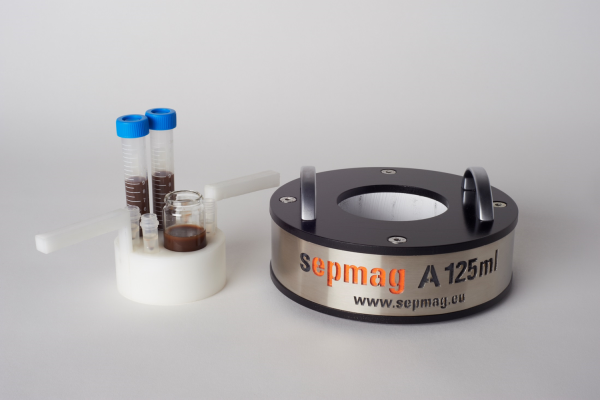
Cell sorting is widely used in research and clinical therapy. The latest advances in stem cell therapy, tissue engineering and regenerative medicine show the potential of cells derived from different tissues. Sorting cells from a heterogeneous population enables the study of the different isolated types, but also allows for the introduction of enriched cell populations to a patient. The use of highly selective separation procedures is also critical to improve cell-based treatments on stem cell therapy, tissue engineering and regenerative medicine.

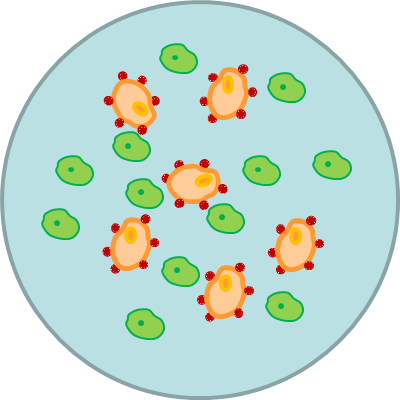
Magnetic nanoparticles form the basis for capturing and separating molecules from a sample solution. The particles act as carriers, sequestering target molecules via attachment sites present on their surface, and shuttling them in the direction of an induced magnetic force. The attachment sites are customizable, endowing the particles with specificity and allowing them to be effective for a wide range of applications ranging from investigative to technological and biomedical.

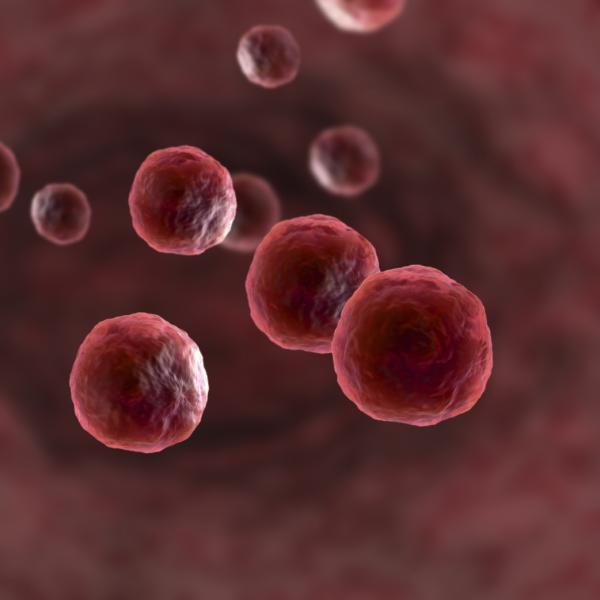
Cell separation improves understanding of cell function, generating discoveries for improved medical practice and research. Yet, experimental procedures for removing cells from their natural environment can adversely affect their function and expressed physical traits - morphology, or biochemical/physiological properties. Thus, separation processes appropriate to the biomedical or related task at hand are required to assure optimum process efficacy. Magnetic bead cell separation efficiently utilizes the principle of the attractive power of magnetic force on selected particles in liquid solution.



